Thomas Gardiner graduated from Yale with an MFA in Photography in 2012. He earned his BFA from The Cooper Union, during which time he began working with a 4×5 camera to document the small communities he grew up in around Western Canada. During his studies at Yale he switched to 8×10, and began documenting working-class cities in the Northeast around New Haven. In his first year he was awarded Yale’s Schickle-Collingwood Prize and in his final year both the Leeds-Marwell Photography Scholarship and the Tierney Fellowship. He currently lives in Brooklyn, NYC.

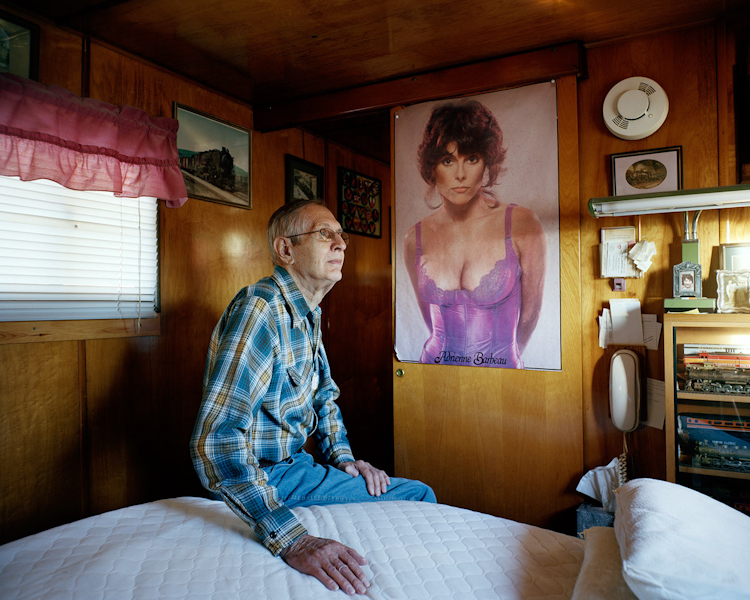
Untitled, USA.
I grew up in the isolated, hinterland regions of Western Canada. Economic life in these working class communities revolved primarily around resource extraction industries such as oil, potash, uranium and farming. Far from large cities and the cultural centers of the world, I desperately wanted to leave the small towns of Saskatchewan. When I did eventually leave, I found photography. After returning home after several living in Vancouver and then New York, I saw the people and places I left behind in a totally different light. Through the camera, Saskatchewan seemed like a place from another era, yet at the same time felt more familiar than ever before. Now living in the US, I find myself searching its towns and cities for the places I knew in Canada, seeking to reconnect with what I left behind.
When I photograph, the most important thing I look for is a kind of visual complexity within a given space. I tend to find and return to urban communities where industry or manufacturing once thrived, ending up in back alleys, empty parking lots, behind strip malls, and in neighborhoods lost in the seams of the interstate freeway system—economically neglected places that reflect the nation’s disinvestment in its working people. Many of these environments— like the towns where I grew up— seem frozen or forgotten in time. Yet beyond any simple nostalgic attraction to these places, a contemporary theme is located somewhere within the challenging relationship of a visibly aging infrastructure in America versus the overwhelming crises of the modern world we live in today. —That in spite of their apparent frozenness, time is still moving forward.


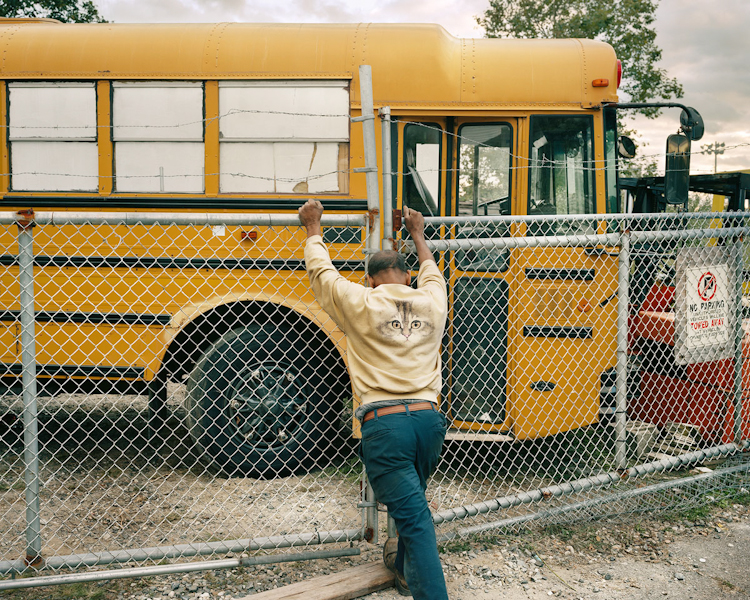
Though there is certainly a documentary impulse throughout my work, even more important to me are the possibilities for the deliberate creation of a scene. The 8×10 view camera I use is traditionally regarded as a tool for exquisite detail, harnessed for its mimetic ability to give a higher descriptive fidelity. Yet my interest is in rendering those things generally less-easily seen: human desire & the interior dramas within individual lives. By using an 8×10 camera, I want the meditative attention to detail, but also I want the energy of the decisive moment, as is most commonly associated with smaller, faster, lighter cameras. My goal is always to attempt to overcome these limitations of the larger, slower 8×10 camera, and I feel it’s when I come close to this goal that the images are most satisfying to me. The result is a photograph with a unique kind of drama that is both transfixed of the scene’s totality yet also aware of its own transience.


Once a person has agreed to let me photograph them, I feel we have become co-agents in a kind of script. The individuals I meet have a concrete relationship to the environment where my camera is placed, either being from there or living nearby. My contribution to the script, however, comes from murky memories—psychological, visual, social, and more— of my own past. The people I photograph are thus cast into those memory scenes, yet simultaneously their actions and decisions infuse the scene with new meaning; thusly the photograph becomes a kind of dialogue, the end result often being a departure from what either of us had visualized.

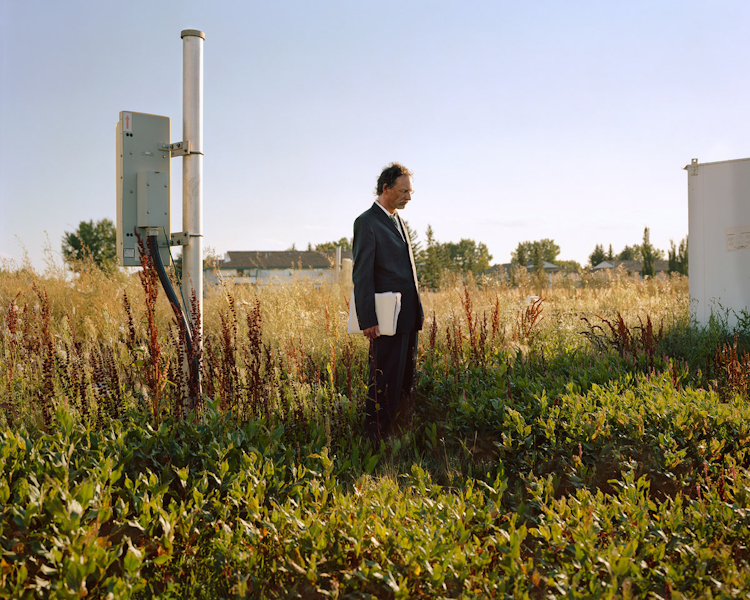
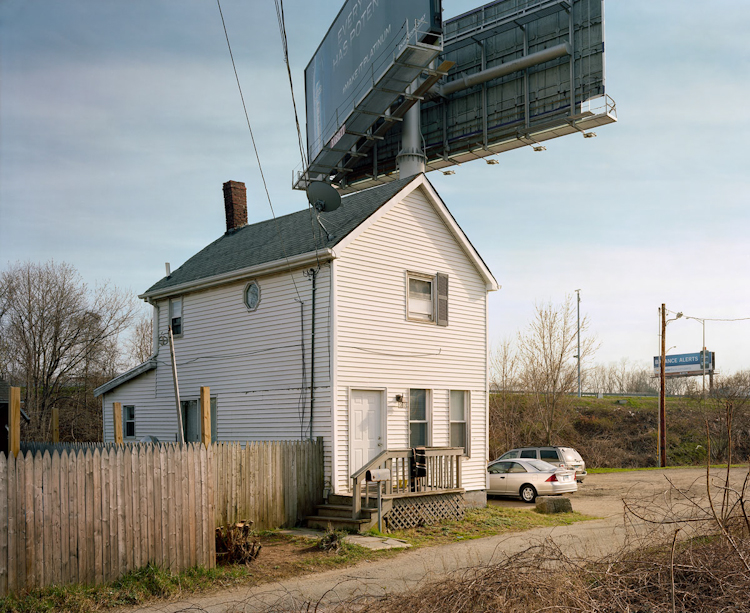
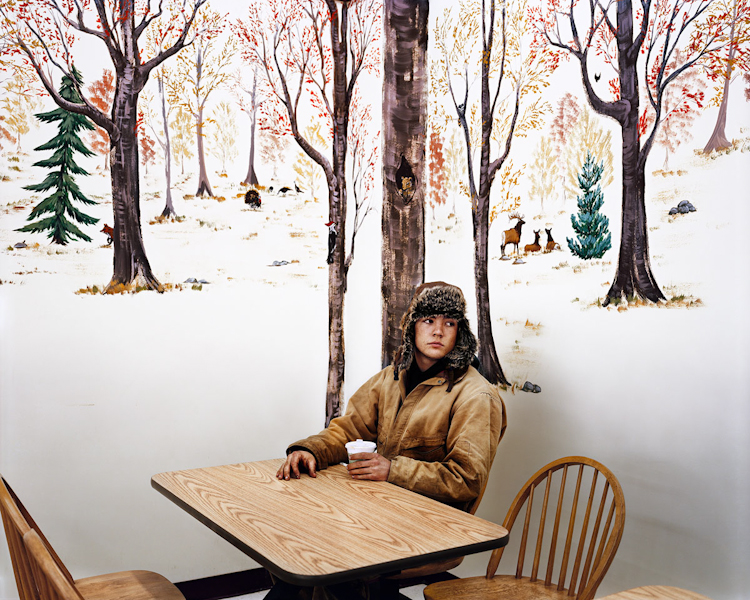

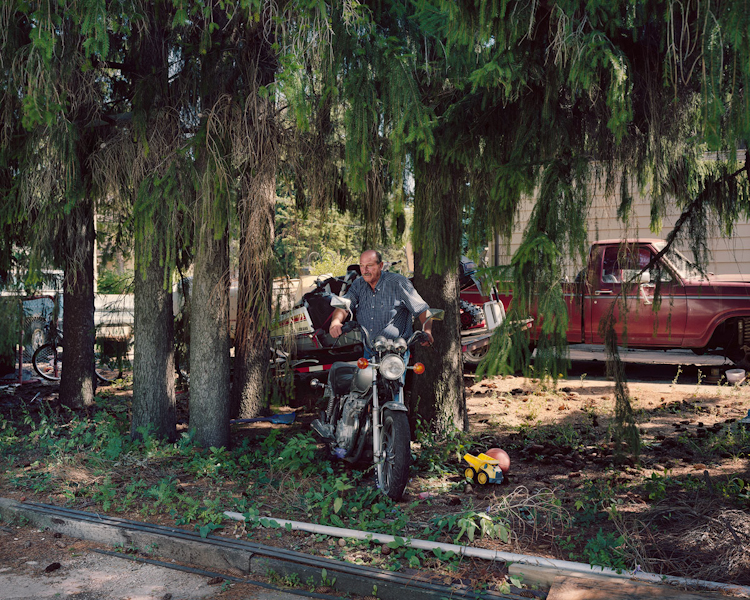

For me, photography is a complete sensory experience. Despite these attempts to elucidate my photographic process, I firmly believe that attempts to textually spell out a photograph’s meaning are destined to only reduce its power. While this isn’t to say that writing can’t aid interpretation, there will always be something lost in translation between images and words. That is why I want viewers to consider these images without captions or theoretical viewpoints. This is why I’ve chosen to call this work Untitled, USA.
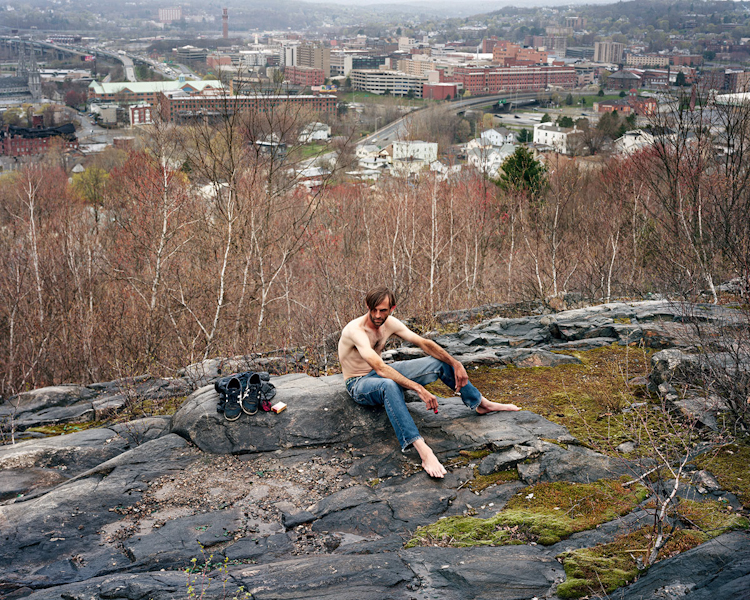

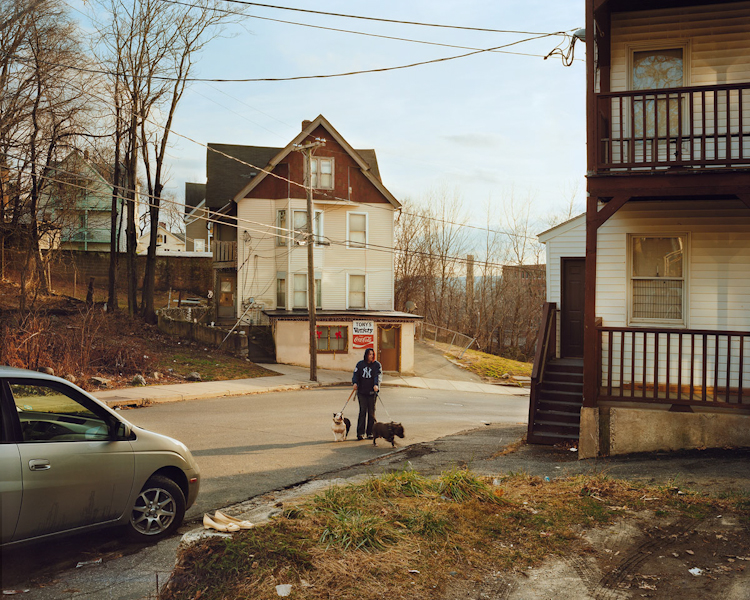

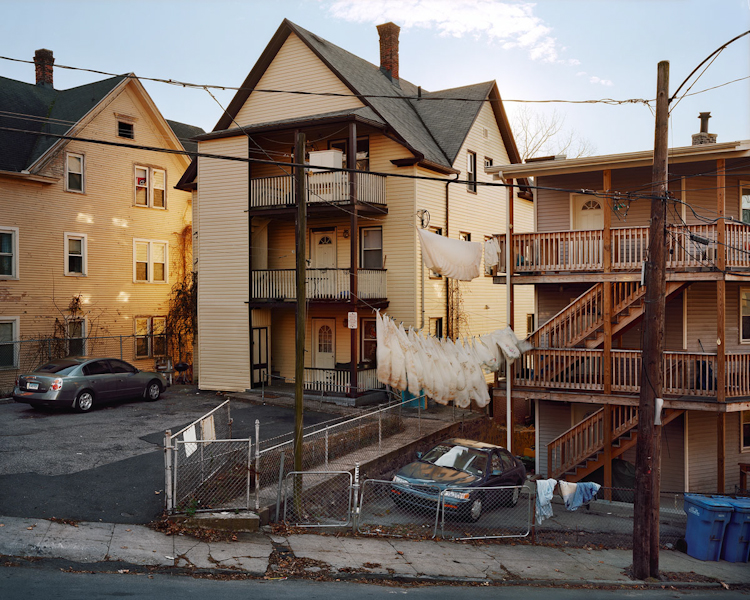

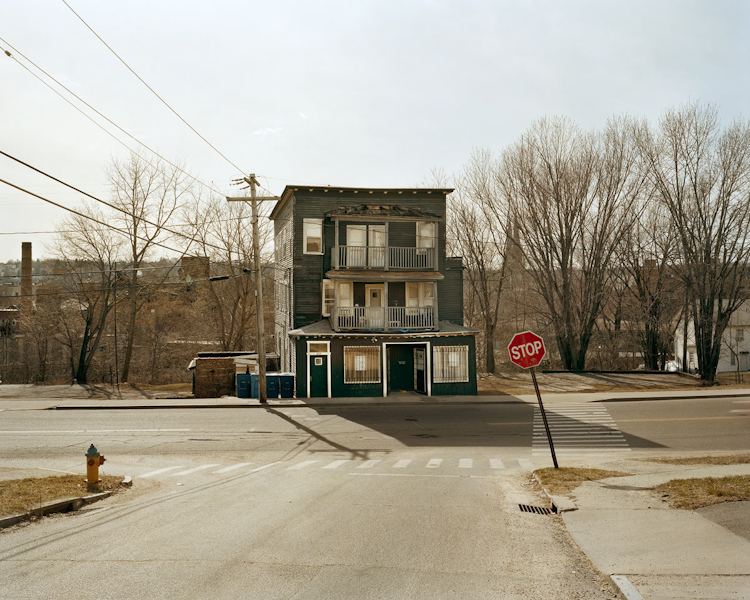


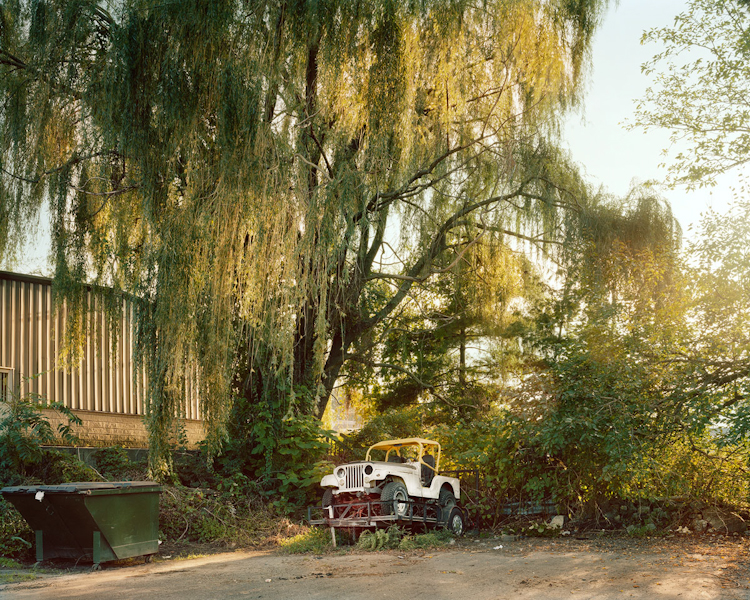


For more of Thomas’ work, please visit his website.